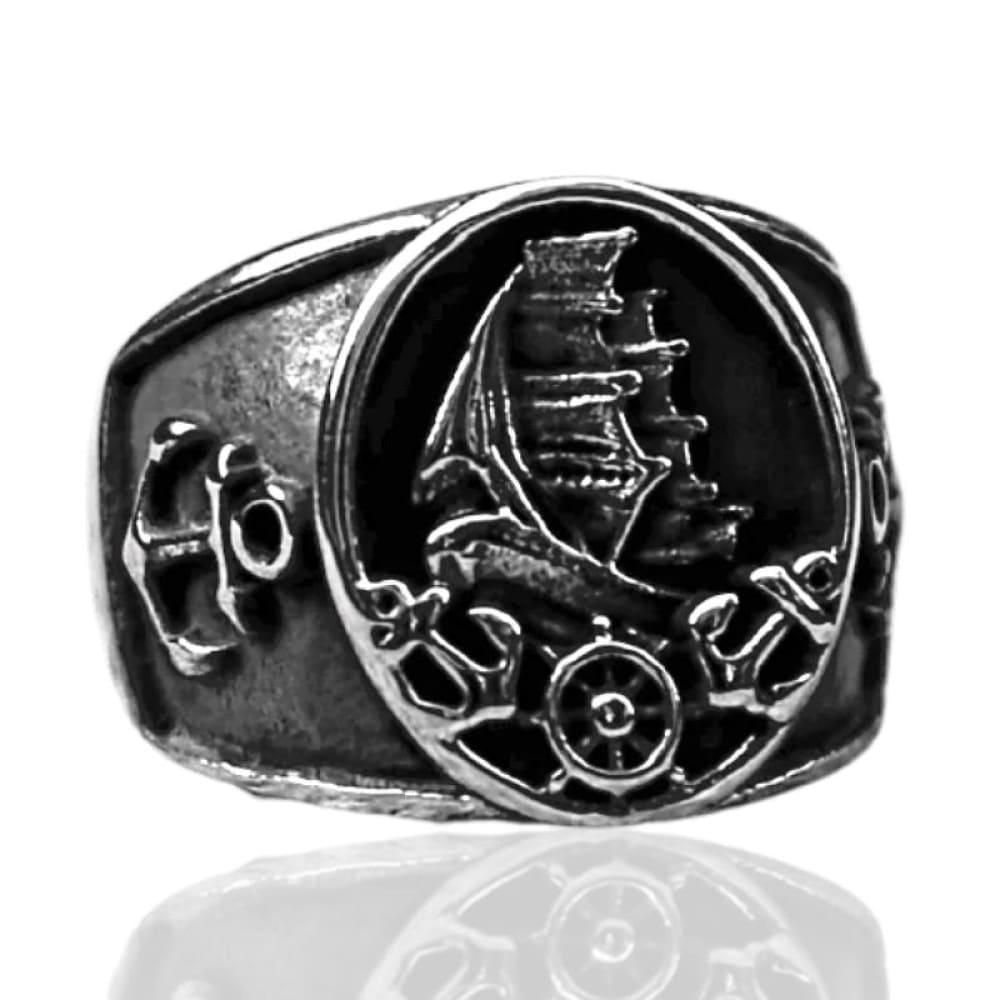The tiger shark, scientifically referred to as the Galeocerdo cuvier, is a fascinating big fish that rules the oceanic world. Identified by its distinct dark stripes, similar to the pattern on a tiger, this apex predator is renowned for its diverse dietary habits. Its ability to consume virtually anything, from crustaceans, seals, birds, and even non-edible objects, has earned it the nickname "the garbage can of the sea".
Table of Contents
- Introduction
- Wild Life Documentary
- Scientific Classification
- Physical Features
- Habitat and Distribution
- Diet and Feeding Habits
- Reproduction
- Conservation Status
- Human Interaction
- Cultural Significance
- Our last words
Scientific Classification

Tiger sharks belong to the Chondrichthyes class, a group that includes other sharks, rays, and chimaeras. This class is characterized by the presence of five gill slits, two dorsal fins, an anal fin, and a nictitating membrane that protects the eyes. The Galeocerdo cuvier is the only extant member of the Galeocerdo genus and family Galeocerdonidae. The name Galeocerdo is derived from the Greek galeos, meaning "shark," and kerdo, meaning "fox."
Physical Features
Tiger sharks are distinctively marked with dark stripes on their body, reminiscent of a tiger's pattern. However, these stripes fade as the shark matures. They possess a unique set of sharp, serrated teeth that have evolved to slice through tough substances including turtle shells and bones. Their skin color ranges from blue to light green with a white or light-yellow underbelly. This coloration provides excellent camouflage for the predator as it blends with the dark water when viewed from above and with the lighter surface when viewed from below.

Habitat and Distribution
Tiger sharks are found in many tropical and temperate waters worldwide. They are typically found near the coast, mainly in shallow waters around central Pacific islands. However, they are also known to inhabit deep waters that line reefs and occasionally move into canals and river mouths in pursuit of prey.
Diet and Feeding Habits
The tiger shark is known for having one of the most varied diets of all shark species. Its broad, heavily calcified jaws, combined with its robust, serrated teeth, allow the predator to consume a wide range of prey, including crustaceans, fish, seals, birds, squid, turtles, and even other smaller sharks. This big fish is also an opportunistic feeder, known to consume inanimate and indigestible objects that float in the ocean, contributing to its reputation as the "garbage can of the sea."

Reproduction
Tiger sharks reproduce through a process called ovoviviparity, where the eggs hatch inside the female's body and the young are born live when fully developed. The female mates once every three years, and the gestation period lasts up to 16 months. A female can give birth to a litter ranging from 10 to 80 pups.
Conservation Status
Due to the excessive hunting and finning by humans, the tiger shark is classified as a near-threatened species. Many populations have declined where they have been heavily fished. Despite the threats, this big fish is a vital part of the marine ecosystem and plays a crucial role in maintaining the balance of marine life.
Human Interaction

Although tiger sharks are considered one of the most dangerous shark species to humans, shark attacks are infrequent. Most attacks occur when sharks mistake humans for their natural prey. However, due to their naturally curious nature and the proximity of their coastal habitats to human recreational activities, interactions between them and humans do occur.
Cultural Significance
In some Hawaiian traditions, tiger sharks are considered sacred 'aumākua, or ancestor spirits. These cultural beliefs highlight the deep connections between humans and the marine world, emphasizing the need for ocean conservation and respect for all marine life, including this creature.
Our last words...
Tiger sharks, the majestic big fish of the ocean, are a fascinating species that symbolize the wild and enchanting nature of the sea. Despite their fearsome reputation, they play a crucial role in maintaining the balance of the marine ecosystem. As we strive to understand and appreciate these creatures better, it's vital to advocate for their conservation and respect their place in the vast oceanic world.
We hope you've liked this article about the tiger shark!
Feel free to subscribe to our private newsletter to receive more exclusive article. You will also receive a 20% bonus discount for our sea world catalogue. You will be notified via email whenever we release a new wonderful jewelry piece of the ocean.
Feel free also to go check out our website, we provide the best sea content and we offer you the best nautical jewelry all around the globe, like this amazing tiger shark tooth replica!






















